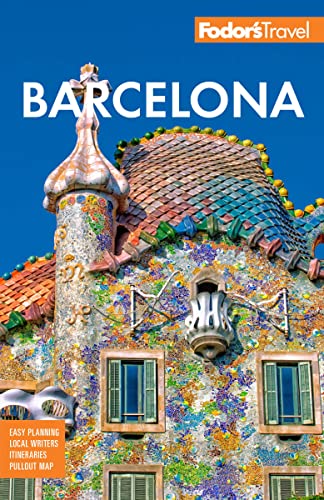Barcelona's Lovers' Day
One of the best days to spend in Barcelona is April 23: St. George’s Day, La Diada de Sant Jordi, Barcelona’s "Valentine’s Day." A day so sweet and playful, so goofy and romantic, that 6 million Catalans go giddy from dawn to dusk.
Legend has it that the patron saint of Catalonia, the knight-errant St. George (Sant Jordi in Catalan) slew a dragon that was about to devour a beautiful princess in the little village of Montblanc, south of Barcelona. From the dragon’s blood sprouted a rosebush, from which the hero plucked the prettiest blossom for the princess. Hence the traditional Rose Festival celebrated in Barcelona since the Middle Ages, to honor chivalry and romantic love, and a day for men to present their true loves with roses. In 1923 the festival merged with International Book Day to mark the anniversary of the all-but-simultaneous deaths of Miguel de Cervantes and William Shakespeare, on April 23, 1616; it then became the custom for the ladies to present their flower-bearing swains with a book in return.
More than 4 million roses and half a million books are sold in Catalonia on Sant Jordi’s Day. In Barcelona, bookstalls run the length of nearly every major thoroughfare, and although it’s an official workday, nearly everybody manages to duck out for at least a while and go browsing. There is a 24-hour reading of Don Quixote. Authors come to bookstalls to sign their works. Given Barcelona’s importance as a publishing capital, the literary side of the holiday gets special attention.
A Roman soldier martyred for his Christian beliefs in the 4th century, St. George is venerated as the patron saint of 15 European countries—England, Greece, and Romania among them. Images of St. George are everywhere in Barcelona—most notably, perhaps, on the facade of the Catalonian seat of government, the Generalitat. Art Nouveau sculptor Eusebi Arnau depicted Sant Jordi skewering the unlucky dragon on the facade of the Casa Amatller, and on the corner of Els Quatre Gats café. Gaudí referenced the story with an entire building, the Casa Batlló, with the saint’s cross implanted on the scaly roof and the skulls and bones of the dragon’s victims framing the windows.
Sant Jordi’s Day roses are tied with a spike of wheat (for his association with springtime and fertility) and a little red and yellow senyera, the Catalonian flag.
In Sarrià there are displays of 45 varieties of rose, representing 45 different kinds of love, from impossible to unrequited, from platonic to filial and maternal. In the Plaça Sant Jaume the Generalitat, its patio filled with roses, opens its doors to the public. Choral groups sing love songs in the Barri Gòtic; jazz combos play in Plaça del Pi. La Rambla is packed solid from the Diagonal to the Mediterranean, with barcelonins basking in the warmth of spring and romance. Rare is the woman anywhere in town without a rose in hand, bound with a red-and-yellow ribbon that says "t’estimo": I love you.




